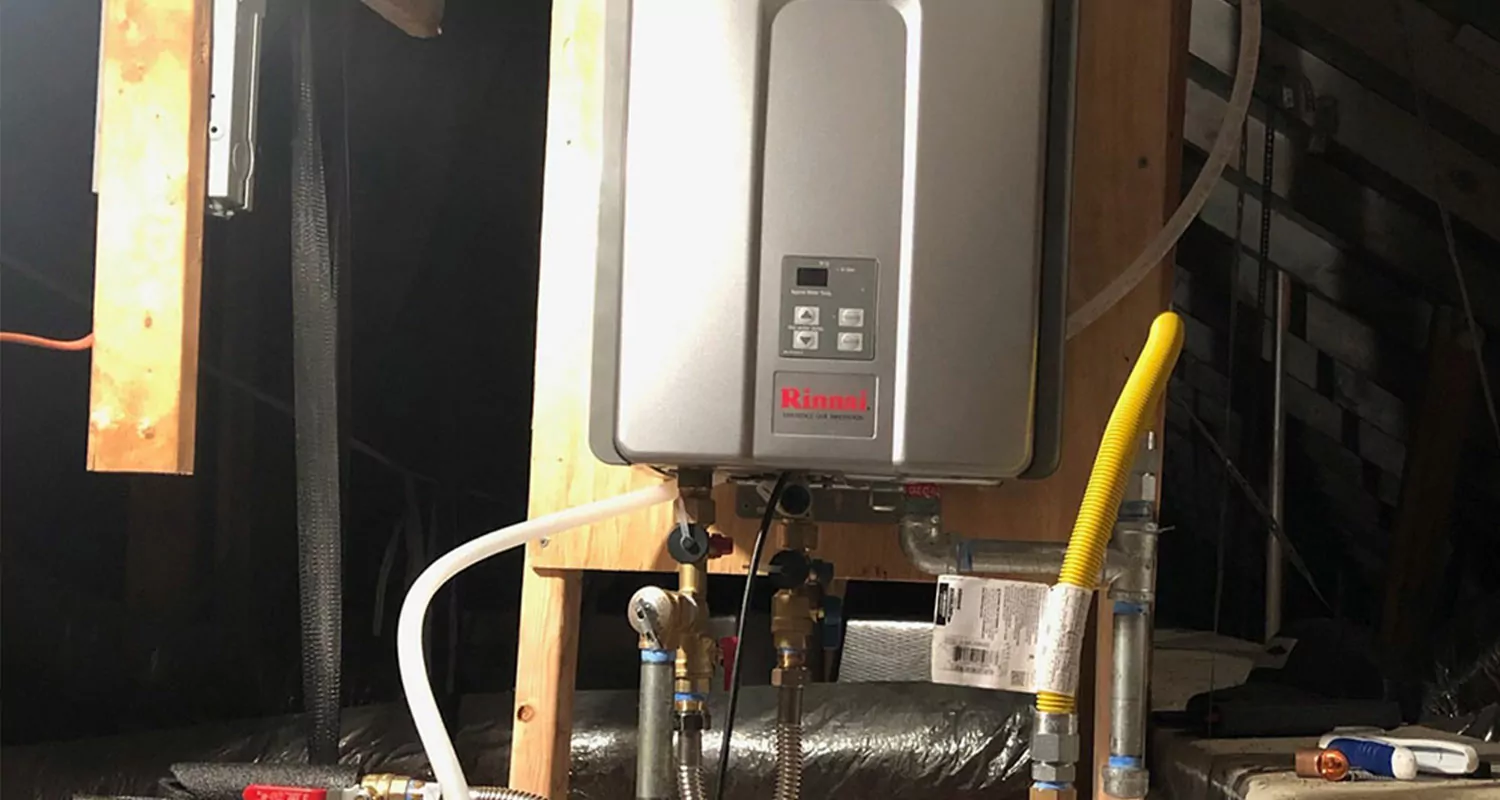How to Effectively Maintain Your Home's Hot Water System
How to Effectively Maintain Your Home's Hot Water System
Blog Article
They are making several great points about What Kind of Maintenance Do Water Heaters Need? in general in the content further down.

Hot water is important for daily convenience, whether it's for a rejuvenating shower or washing dishes. To guarantee your warm water system runs effectively and lasts longer, normal upkeep is essential. This article gives functional suggestions and insights on just how to preserve your home's hot water system to stay clear of disturbances and expensive repairs.
Intro
Preserving your home's warm water system may seem daunting, yet with a few straightforward actions, you can ensure it runs smoothly for years to find. This guide covers every little thing from comprehending your hot water system to do it yourself maintenance ideas and recognizing when to contact specialist help.
Relevance of Preserving Your Hot Water System
Regular maintenance not only expands the life-span of your hot water system yet additionally ensures it operates efficiently. Neglecting maintenance can bring about reduced efficiency, greater power bills, and even early failing of the system.
Indicators Your Warm Water System Needs Maintenance
Recognizing when your warm water system requires focus can avoid significant concerns. Watch out for indicators such as inconsistent water temperature, strange noises from the heater, or rusty water.
Understanding Your Hot Water System
Before diving right into maintenance tasks, it's handy to recognize the basic elements of your hot water system. Generally, this includes the water heater itself, pipes, anode rods, and temperature controls.
Monthly Upkeep Tasks
Normal monthly checks can assist capture minor issues prior to they rise.
Flushing the Hot Water Heater
Purging your water heater removes sediment buildup, improving effectiveness and lengthening its life.
Monitoring and Replacing Anode Rods
Anode poles protect against rust inside the container. Inspecting and replacing them when worn is essential.
Checking and Changing Temperature Level Settings
Readjusting the temperature settings guarantees ideal efficiency and safety.
Do It Yourself Tips for Maintenance
You can carry out numerous maintenance jobs on your own to keep your hot water system in leading problem.
Checking for Leaks
Frequently inspect pipes and connections for leakages, as these can bring about water damage and greater bills.
Examining Pressure Alleviation Valves
Checking the pressure safety valve guarantees it functions appropriately and prevents excessive stress build-up.
Shielding Pipes
Shielding hot water pipelines reduces heat loss and can conserve power.
When to Call an Expert
While do it yourself maintenance is useful, some concerns need professional competence.
Facility Issues Needing Expert Assistance
Examples consist of major leaks, electrical problems, or if your water heater is consistently underperforming.
Routine Expert Upkeep Conveniences
Expert maintenance can consist of comprehensive inspections, tune-ups, and making sure conformity with safety and security requirements.
Final thought
Normal maintenance of your home's warm water system is vital for efficiency, long life, and cost financial savings. By complying with these tips and recognizing when to look for expert help, you can ensure a reliable supply of hot water without unexpected disturbances.
How to Maintain an Instant Hot Water Heater
Before tinkering with your hot water heater, make sure that it’s not powered on. You also have to turn off the main circuit breaker and shut off the main gas line to prevent accidents. Also turn off the water valves connected to your unit to prevent water from flowing into and out of the appliance. 2. When you’re done, you have to detach the purge valves’ caps. These look like the letter “T†and are situated on either side of the water valves. Doing so will release any pressure that has accumulated inside the valves while at the same time avoid hot water from shooting out and burning your skin. 3. When the purge valves’ caps are removed, you have to connect your hosing lines to the valves. Your unit should have come with three hoses but if it didn’t, you can purchase these things from any hardware or home repair shops. You can also get them from retail stores that sell water heating systems. Read the user’s manual and follow it to complete this task properly. When the hosing lines are connected, open the purge port’s valves. 4. You should never use harsh chemical cleaners or solutions when cleaning your unit. Make use of white vinegar instead. It should be undiluted and you’ll probably use about 2 gallons. 5. Now flush your water heater. This task should probably take about 40 minutes. We can’t give you specific directions for this because the procedure is carried out depending on the type, model and brand of your heater. With that being said, refer to the user’s manual. 6. When you’re done draining the unit, you have to turn off the purge port valves again. Remove the hosing lines that you earlier installed on each of the water valves. Put the valve caps (purge port) back in their respective places and be very careful so as not to damage the rubber discs that are found inside these caps. 7. Now that everything’s back in place, check your user’s manual again to find out how to reactivate your water heating system. 8. Once it is working, turn one of your hot water faucets on just to let air pass through the heater’s water supply pipes. Leave the tap on until water flows smoothly out of it. https://www.orrplumbing.com/blog/2014/september/how-to-maintain-an-instant-hot-water-heater/

As a keen reader on Water Heater Maintenance Tips You Can't Afford to Forget, I think sharing that piece of content was worthwhile. I beg you set aside a second to promote this post if you enjoyed reading it. I enjoy your readership.
Click Here Report this page